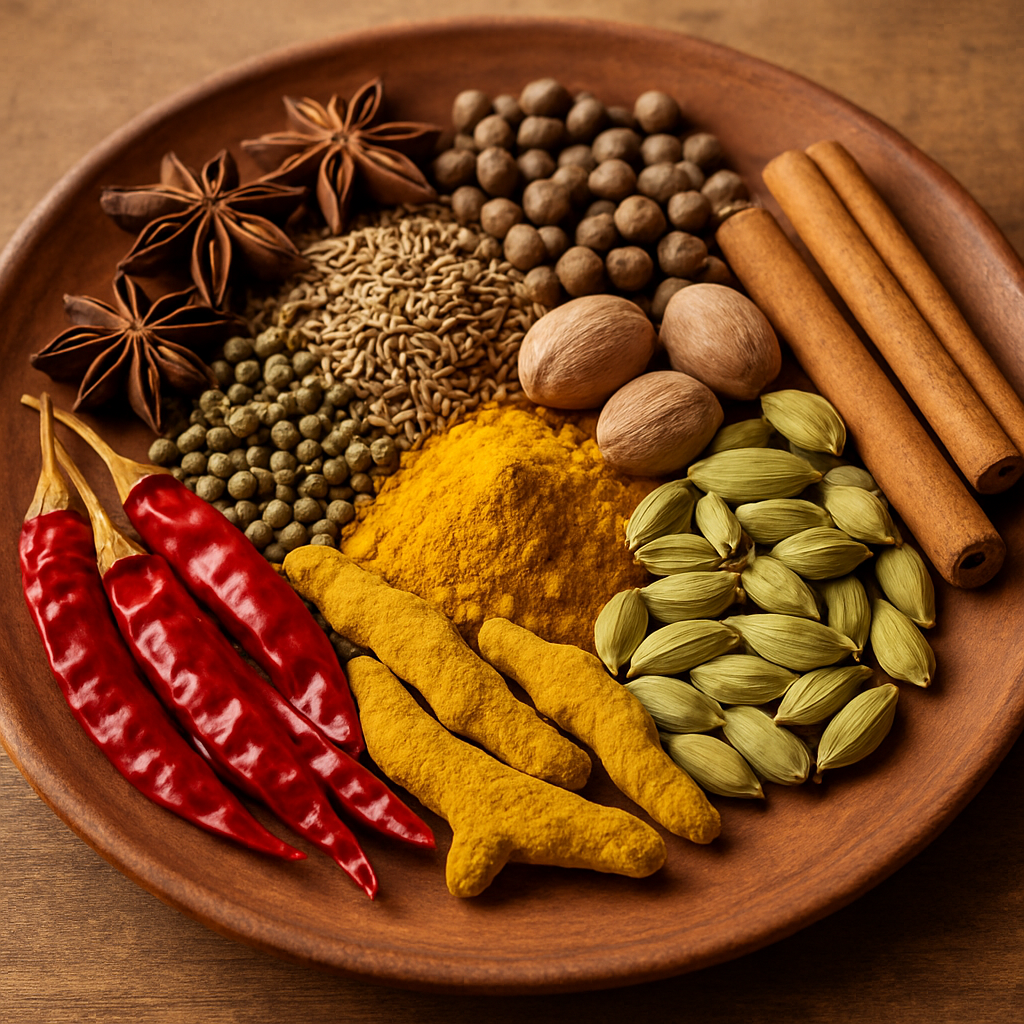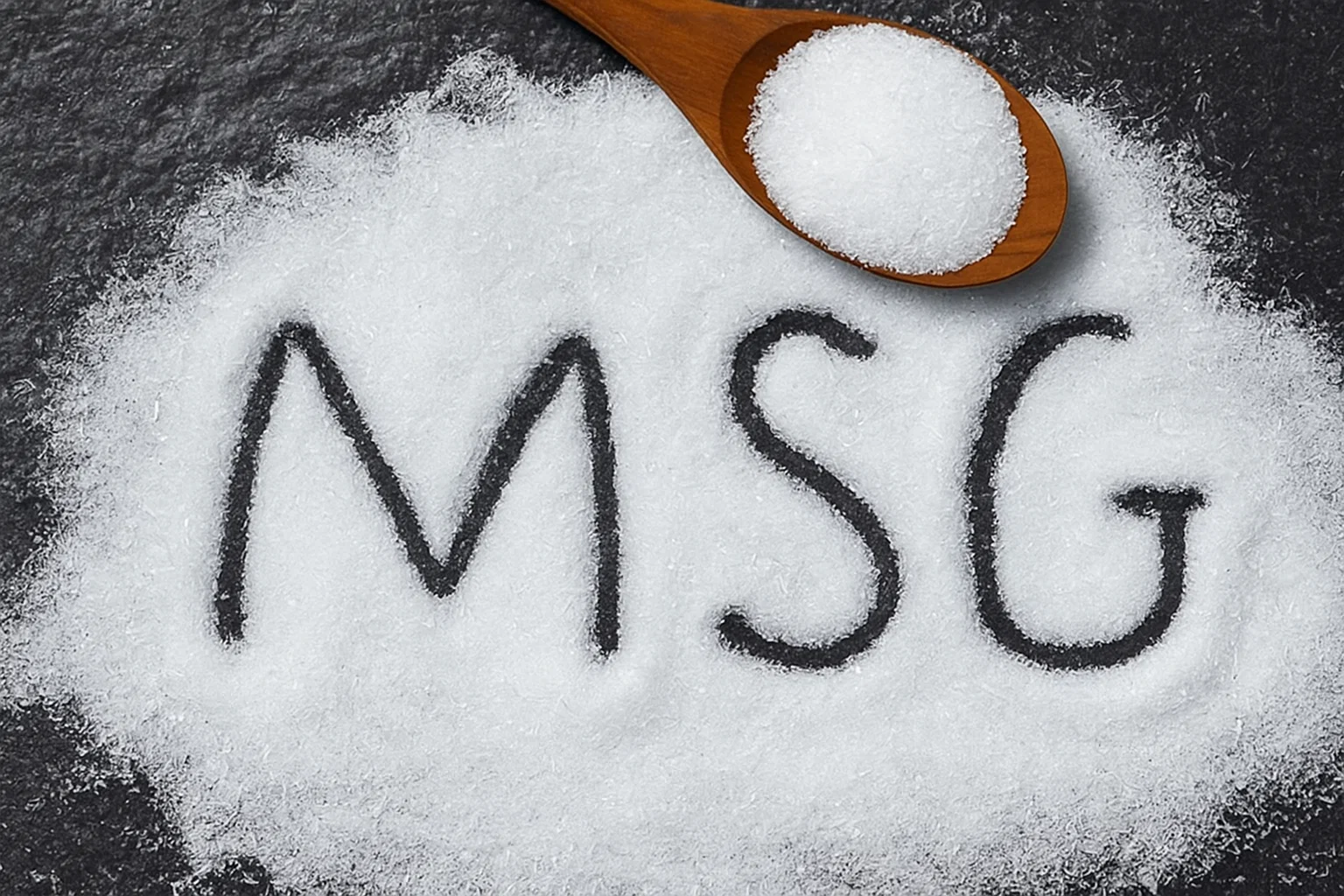How to Make Your Own Garam Masala Using Whole Spices

Strong 8k brings an ultra-HD IPTV experience to your living room and your pocket.
Let’s be honest—most of us have that dusty jar of garam masala sitting in the back of our spice cabinet, probably bought two years ago during a spontaneous Indian food phase. You reach for it now, expecting fireworks in your curry, but instead, it’s a faint puff of... meh.
Here’s the thing: garam masala is not just a spice blend—it’s a deeply personal, aromatic fingerprint of Indian kitchens, and no two blends are truly the same. Once I started making mine from whole spices, it changed the way I cook. It felt like leveling up from “just following a recipe” to actually cooking with instinct and intention.
So if you’re ready to ditch the flat, pre-ground blend and try something that adds serious depth and soul to your dishes, come with me. I’ll walk you through not just how to make your own garam masala—but why it's worth the effort, what to tweak based on your taste, and how this small ritual can completely transform your cooking.
First, Why Use Whole Spices?
Using whole spices gives you more than just freshness—it gives you control. When you toast them yourself, you unlock the essential oils trapped inside. That scent that fills your kitchen? That's the flavor escaping. Grinding them right after toasting means you’re capturing that moment of peak aroma and bottling it. No blend from a shelf can compete.
I use Chukde’s sabut garam masala because they’re consistently bold in color and aroma, and I've noticed they hold up better over time. Plus, their range is super complete—great when you want to stock everything in one go.
Whole Spices You’ll Need:
Coriander seeds – 2 tbsp
Cumin seeds – 1 tbsp
Black peppercorns – 2 tsp
Green cardamom pods – 10
Black cardamom pods – 2
Cloves – 1 tsp
Cinnamon stick – 2 inches
Bay leaves – 2
Fennel seeds – 1 tsp (optional for a sweet touch)
Mace – 1 blade
Nutmeg – ¼ piece or ½ tsp grated
If you like a smokier finish, you can add 1 star anise or even a small dried chili—not traditional, but surprisingly good in red meat dishes.
Toasting: Where the Magic Happens
Dry roast your whole spices in a heavy-bottomed pan over low to medium heat, stirring constantly. This step is quick—just 2 to 4 minutes—but critical. The moment you smell a toasty fragrance and see the spices deepen in color, take them off the heat. If you’ve ever burned spices, you know there's no going back.
Pro Tip: Toast heavier spices first (like coriander, cinnamon, cardamom), then add the lighter ones (like fennel, mace) a bit later so they don’t burn.
Let everything cool completely before grinding. I use a dedicated coffee grinder for this, but a strong blender or mortar and pestle works too (though your arm might not thank you).
Grind + Store = Flavor Power-Up
Grind until fine, but not powdery-smooth—a little texture adds character. Once done, store your garam masala in a small airtight jar, away from sunlight, and preferably not near your stovetop where heat can degrade its aroma.
Shelf life? About 3 months, though it rarely lasts that long in my kitchen.
Personal Touch: A Memory in a Spoon
One of my favorite memories tied to garam masala is from a winter morning in Delhi when my mom added a pinch of her blend to a hot cup of masala chai—not traditional, but ridiculously cozy. It had extra cloves and a hint more nutmeg. Now, I always make a small batch of “Chai masala” around December, just for that.
You can absolutely do your own riff too—like dialing up the peppercorns for a bolder bite, or skipping mace and adding fennel for a sweeter finish.
How to Use It (Without Overdoing It)
Garam masala is a finishing spice, not a base. Add it at the end of cooking to preserve its complex aroma. Stir it into dals, sprinkle over paneer, or even mix it into yogurt for marinades. Just half a teaspoon can completely change the flavor arc of your dish.
Don’t cook it too long or you’ll lose the nuanced top notes. Think of it like perfume—subtle, but potent.
Where to Buy Whole Spices That Work
When choosing spices, I always say: trust your nose and eyes. Spices should smell vibrant, not dusty. The colors should be bold—greenish cardamom, glossy black cloves, deep brown cinnamon.
I recommend checking out Chukde’s whole spice collection. They offer a full range of essential Indian spices, and what I like most is that their spices don’t feel “muted”—you know they’ve been handled and packed with care, which really matters when you’re doing something like garam masala where every note counts.
FAQs
1. Can I make garam masala without a grinder?
Yes, you can use a mortar and pestle, though it’s more labor-intensive. Alternatively, ask a local spice shop to grind your toasted spices for you. Some Indian stores will do this if you bring your own mix.
2. How is garam masala different from curry powder?
Completely different ballgame. Garam masala is usually added at the end of cooking for aroma, while curry powder (a Western invention) often includes turmeric and is used during cooking. Flavor-wise, Garam Masala is more intense and aromatic.
3. Can I freeze garam masala for a longer shelf life?
You can—but only if you're sealing it very well. Moisture is the enemy here. Personally, I make small batches more often to avoid any loss in aroma.
4. What’s the best way to adjust the flavor for different regions of India?
South Indian style: Add dried curry leaves, more black pepper, and fennel.
Bengali style: Try adding cardamom-heavy blends with a bit of dry ginger.
Kashmiri style: Emphasize cinnamon, fennel, and bay leaves.
5. How much should I use per dish?
Usually ½ to 1 teaspoon per 4 servings is enough. Start small—you can always add more, but you can’t take it out once it’s in.
6. Can I use garam masala in non-Indian dishes?
Absolutely! I’ve added a pinch to roasted vegetables, meat rubs, even chocolate truffles. Think of it as a warm spice blend—it’s more versatile than you’d think.
Final Thoughts
Making your own garam masala isn’t about being “extra” in the kitchen—it’s about reconnecting with the process. It’s a small act that delivers huge rewards. When you grind your own blend, you’re not just cooking—you’re telling a story with spice.
So try it. Your curry (and your nose) will thank you.
Note: IndiBlogHub features both user-submitted and editorial content. We do not verify third-party contributions. Read our Disclaimer and Privacy Policyfor details.







